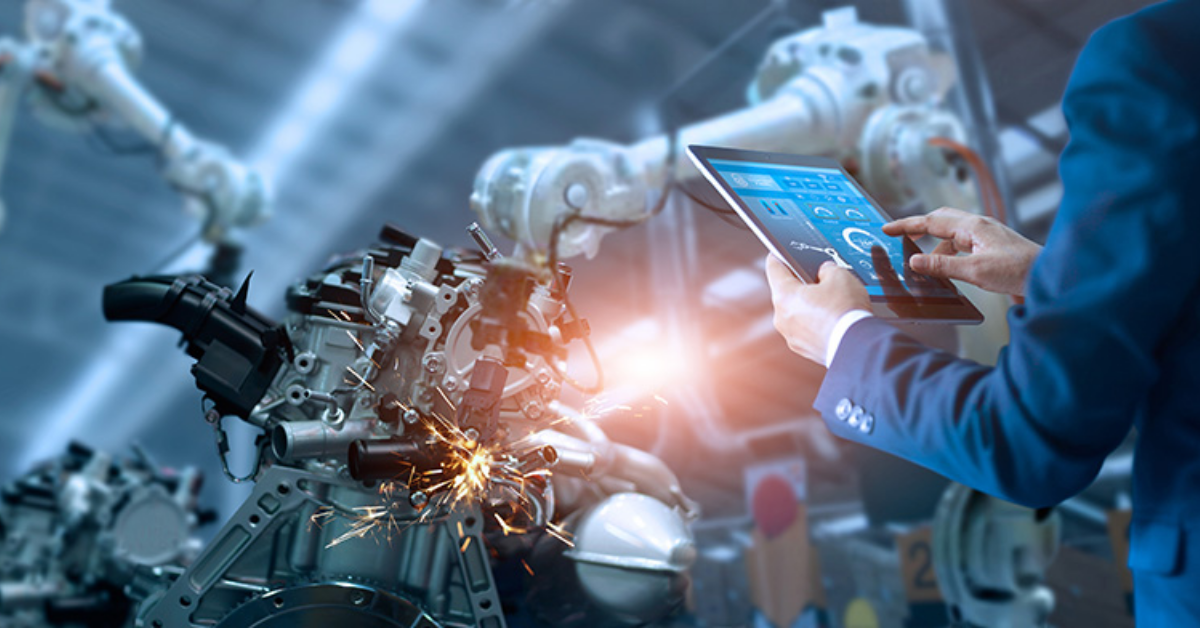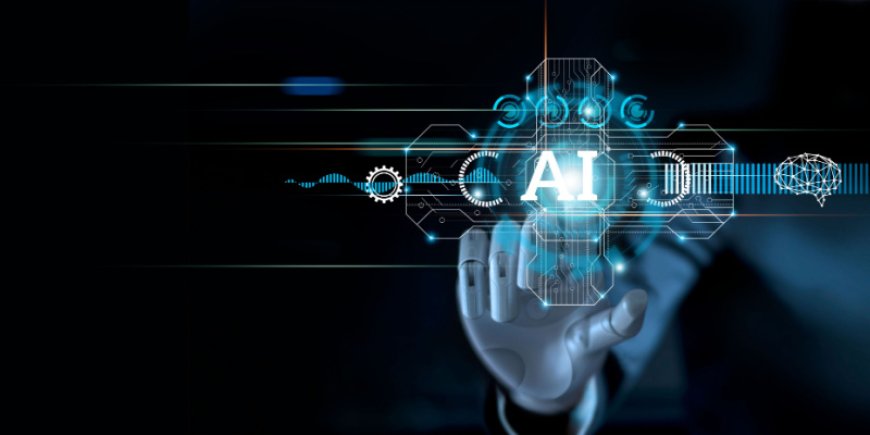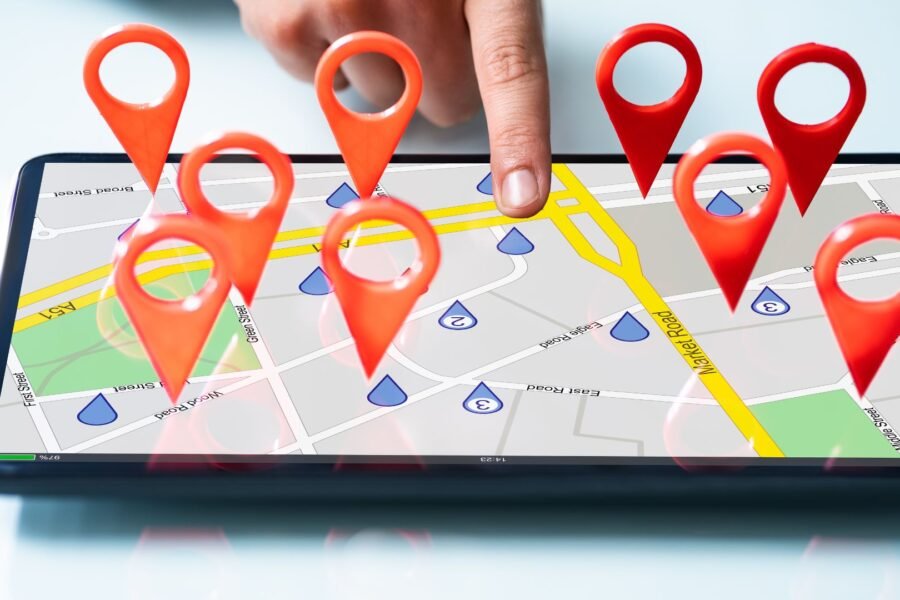
The Transformative Impact of Technology on the Future of Employment
The future of work has been significantly impacted by technology in terms of the available occupations and how people work. In reality, machines are taking over many businesses because of the new age of technological advancement. This article will outline how technology has altered the future of work in industries and its impact on life.
Task Automation in Industries
Technological advancement has created a new age where most tasks are automation. Task automation has given rise to new professions, including developing, constructing, and managing automated systems. Automation has also resulted in the termination of some employees that are no longer necessary. By boosting the effectiveness and productivity of numerous operations, automation has profoundly impacted the future of work and raised the possibility that machines could replace some jobs.
Automation has led to new job possibilities, especially in industries involved in the design and upkeep of automated systems. Data analysis, machine learning, and software engineering are thriving and will blossom even more soon. Automation can change the nature of work by improving production and efficiency, opening up new job opportunities, and pushing individuals to learn new skills and adopt new roles and technology. A wide variety of automation tools are now available to make labor easier.
Implementation of Task Automation in Industries
- Robots are now used to carry out tasks that are too difficult, risky, or complex for people to complete. Several industries benefit from robotic automation, including manufacturing, healthcare, and agriculture. Robots can carry out activities like assembling, shipping and handling material quickly and accurately.
- Technology advancements and automation help speed up time-consuming, repetitive operations like data entry or invoicing. Process automation improves productivity in firms by lowering error rates.
- Machine learning and artificial intelligence (AI) are being used to automate processes that call for problem-solving or decision-making abilities. Finance, healthcare, and customer service are just a few industries that benefit from intelligent automation.
- Various chores and systems in a home use advanced technology to ease processes for homeowners. Home automation is seen in voice-controlled lighting, thermosensitive heating systems, and top-notch security installments.
- Automation of the flow of resources, products, and information within a supply chain has helped businesses run more efficiently and spend less money in recent times. This is known as supply chain automation.
- Technology is used in marketing automation to automate lead generation, social media marketing, and email campaigns. With marketing automation, businesses have expanded their reach and efficacy while saving time and money.

Efficient Remote Working Environments
Work from anywhere is now possible because of the spread of the internet and communication technology – this has fueled the expansion of telecommuting and remote work. People now have greater freedom and flexibility in where they can work, but this has also sparked concerns about the future of the conventional workplace.
The capacity to work remotely or outside of an office has changed how many people operate and has influenced how work will be done. The remote working environment has revolutionized the nature of modern-day employment and, in turn, the future of work in the following ways:
Greater Flexibility
Remote work gives workers in different industries more freedom over their work schedules and locations. This enhances work-life balance and boosts job satisfaction. Savings on overhead expenses like office space and utilities are possible with remote employment. Both recruiters and workers can now access a suitable workspace designed for optimum efficiency and flexibility.
Greater Access To Talent
By allowing employees to work remotely, companies access a larger talent pool since they are no longer restricted to recruiting residents. The development of various tools and technology that enable teams to cooperate and communicate efficiently regardless of location has resulted from remote work.
Greater Productivity
Many people discover they are more productive while working remotely since they design a workspace that is comfortable for them and removes distractions.
The ability to work remotely has expanded the options for how, where, and when work is completed. This trend will likely influence how people work in the future.

The Reign of Artificial Intelligence
Most of the automation tools we mentioned initially are possible with artificial intelligence. Artificial intelligence (AI) is used more frequently to evaluate data, make choices, and carry out activities. This development has the potential to alter the nature of many employees. For instance, AI-driven chatbots and virtual agents are used to manage customer service inquiries, while in the healthcare sector, AI is utilized to evaluate and interpret medical pictures.
Artificial intelligence (AI) has significantly impacted the future of work, notably in how it has altered the types of employment available and how many functions are performed.
Automating tasks is one of the primary ways AI has changed the nature of employment for the future. The ability of AI systems to analyze vast volumes of data and make judgments based on that analysis can boost production and efficiency across various industries. AI can be used, for instance, to evaluate customer data to spot trends and offer recommendations or to study financial data to spot patterns and recommend investments.

By generating new employment prospects, notably in sectors associated with the design and upkeep of AI systems, AI has also changed the nature of labor in the future. Data scientists, machine learning engineers, and AI developers fall under this category.
AI adoption, however, can also replace some occupations, especially those that need repetitive or routine tasks. This has given rise to worries about how AI will affect the workforce and how workers must adjust to new roles and technology.
AI can change how work will be done by boosting productivity and efficiency, opening up new job opportunities, and forcing individuals to learn new skills and techniques.
Gig Economy
“Gig economy” Technology platforms linking employees and employers have contributed to the growth of the gig economy. With the advent of the gig economy, people are now working temporarily or permanently. People now have more control and flexibility over their work, which has also led to new employment opportunities. Technology has enormously influenced how people will work in the future and is expected to continue doing so.
The phrase “gig economy” describes a labor market where temporary contracts or freelance work are more common than permanent employment. The gig economy has expanded dramatically in recent years, which has impacted how work will be done.
The gig economy has enhanced many people’s employment flexibility and autonomy, which is one of its main effects. Many people may find gig work intriguing since it allows them to create their schedules and select the tasks they wish to work on.

However, the gig economy has brought up worries about job security and the absence of benefits frequently linked with regular work. Gig workers might be eligible for different protections and perks than full-time employees, such as retirement plans, health insurance, and unemployment benefits.
The gig economy has also caused a change in how people view employment and work. Many now look for gig labor or other flexible employment options rather than long-term employment. This change may result in long-term effects on the labor market and the nature of work.
Technological Advancement and The Future of Work for People
The usage of automation will increase as robots develop and get more sophisticated performance skills that are on par with or better than human capabilities. The deployment of automation in the workplace and the automation of occupations do not, however, follow logically from the technical viability of automation. The technical potential is just one of several factors that must be considered. The price of creating and implementing the hardware and software for automation is another factor. And the supply-and-demand dynamics of labor are yet another prominent factor. It could limit the adoption rate if individuals with the required abilities are in high demand and considerably less expensive than automation.
The acceptance and regulation of robots in a given context must also be considered. Only some people are willing to swap out the traditional labor force they have always known for automation forces. The future might be in all shades of uncertainty because change is constant. Still, we know this much: the technical viability of automation will not trump human effort shortly because, as far as we know, humans still stand as the most resourceful source of inexpensive labor, and that won’t change anytime soon.







Leave a Comment